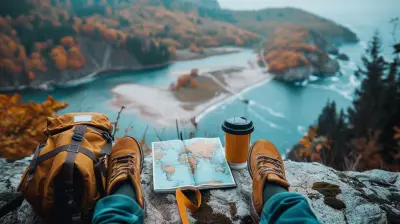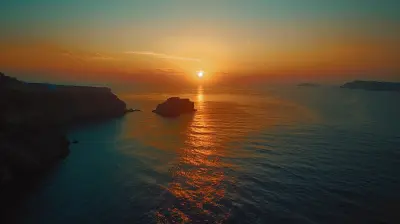Mapping Out the Unknown: Travel Apps for Navigating Remote Areas
28 August 2025
Let’s paint a picture for a second. You’re standing on the edge of a cliff, the sky stretching endlessly above you, with rolling hills and untouched landscapes in every direction. No Google Maps, no cell service, and not a soul around to ask for directions. What do you do? Panic? Nope! Because, my friend, you’ve got the right travel app tucked in your digital backpack ready to guide you back to civilization—or deeper into the wild if you’re feeling adventurous.
Navigating in remote areas used to be something reserved for hardcore explorers and adventurers. But now? Thanks to technology, even the most directionally challenged among us can find our way through the most isolated corners of the Earth.
From offline maps to weather updates to survival guides, travel apps have become essential tools for any adventurer aiming to explore uncharted territories. Ready to dive into how to navigate the unknown with just your smartphone in hand? Strap on your hiking boots; we’re about to embark on a journey.
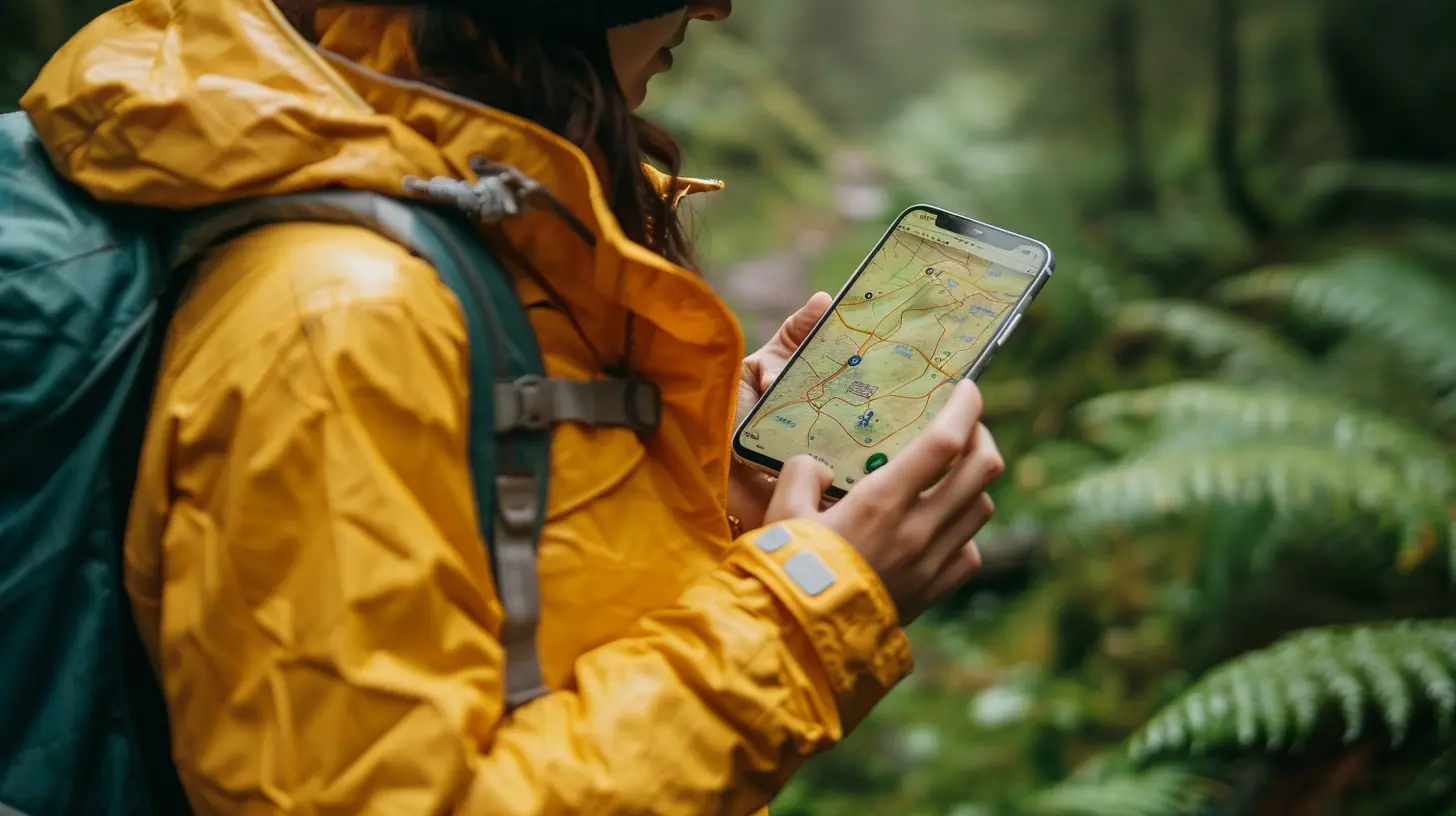
Why Travel Apps for Remote Areas Are a Game Changer
Picture this: It’s 1995, you’ve got an old-school paper map that’s been chewed up by the wind, and your compass—well, honestly, who knows how to use those things properly? Fast forward to today, and you can simply download an app that not only gives you topographical maps but can also track your steps, alert you to weather changes, and even warn you if you’re approaching a danger zone. It’s like having a Swiss Army knife in your pocket, only smarter.Travel apps take the stress out of exploration. They help you avoid dangerous areas, save you from getting lost, and provide essential information in real-time. No Wi-Fi? No problem. The best apps offer offline functionalities, ensuring that remote doesn’t mean being cut off from essential tools. Let’s explore which apps are making waves in the world of remote navigation.
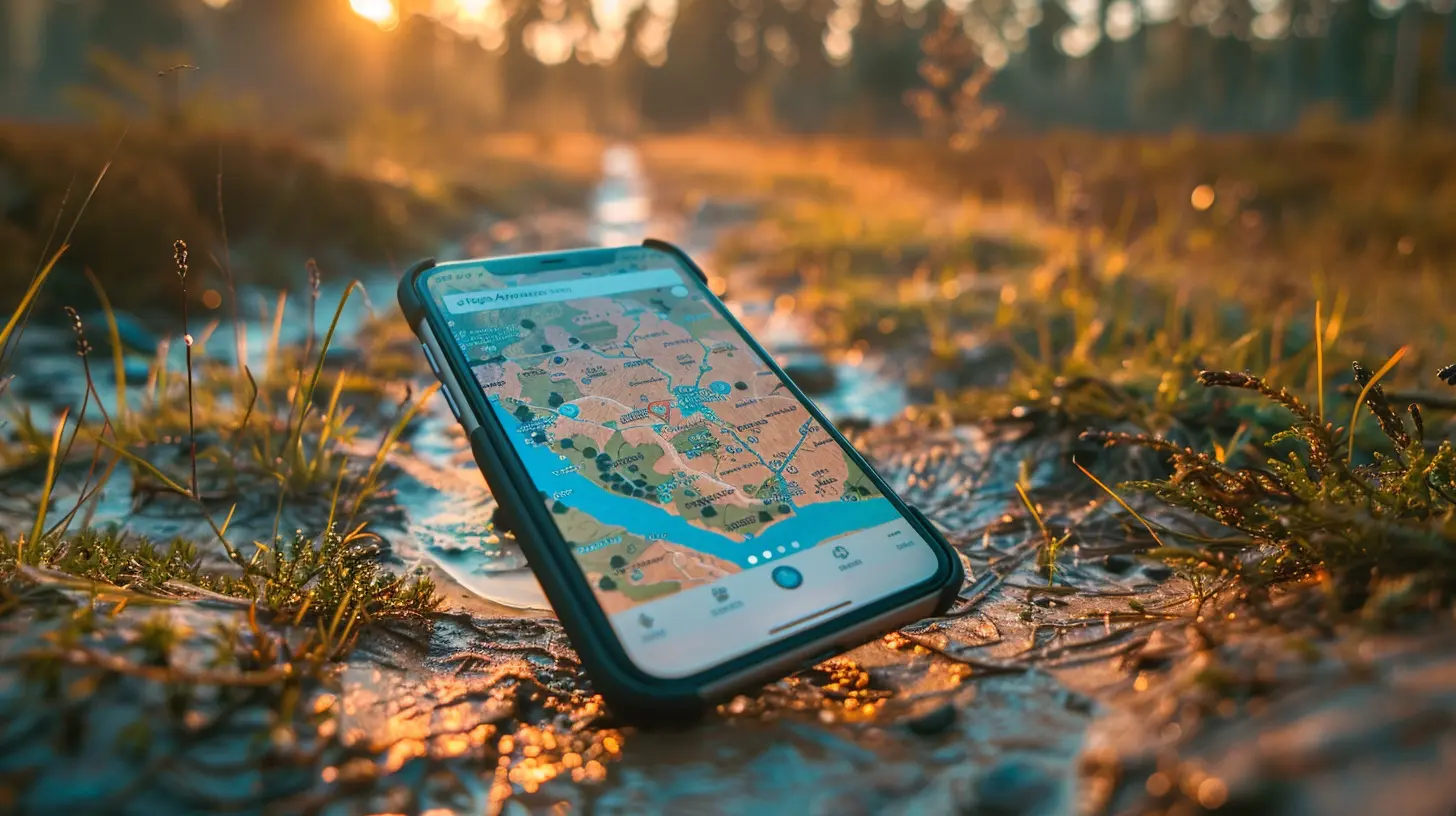
Top Travel Apps for Navigating Remote Areas
1. Maps.me
- Why You Need It: Let’s kick things off with a classic. Maps.me is an offline map service that lets you download entire countries’ maps to your device. Whether you're hiking in the Andes or strolling through an off-grid village in Southeast Asia, you’ve got all the info at your fingertips.- Features That Matter: The app allows you to search for specific locations, find restaurants, ATMs, and other points of interest—offline. That’s right. You can even get turn-by-turn directions without any network connection.
- Best For: Independent travelers who love getting off-the-beaten-path.
2. Gaia GPS
- Why You Need It: If you’re an explorer at heart and plan on hiking, backpacking, or off-roading, Gaia GPS will be your new best friend. This app doesn’t just give you standard maps; we’re talking detailed topographical maps that show elevation, trails, campsites, and natural landmarks!- Features That Matter: What sets Gaia GPS apart is its vast selection of map views, including satellite imagery, weather overlays, and even fire history maps. You can plan, record, and analyze your outdoor adventures all in one place.
- Best For: Hikers, adventurers, and anyone who needs more than just street maps.
3. AllTrails
- Why You Need It: AllTrails is the ultimate hiking app, but its beauty comes from the sheer variety of trails available—we’re talking over 300,000! The app allows you to filter trails based on difficulty, length, and elevation gain, making it ideal for both beginners and seasoned hikers.- Features That Matter: You can download trail maps for offline use (key when venturing into remote areas) and track your progress using GPS. Plus, users can leave reviews and upload photos, so you can get a sense of the trail before committing.
- Best For: Those who love hiking, biking, and trail running in remote locations.
4. Komoot
- Why You Need It: For those adventurers who like a bit of everything—cycling, hiking, walking, or even mountain biking—Komoot is your go-to. What makes Komoot stand out is its excellent route planning feature, which takes into account terrain type, fitness level, and difficulty.- Features That Matter: It comes with offline capabilities, so you can download entire maps and routes. The app also integrates with your smartwatch or cycling computer, making it incredibly versatile for remote adventures.
- Best For: Multi-discipline adventurers who want highly customizable routes.
5. Cairn
- Why You Need It: Sometimes the best way to stay safe in the wild is by letting someone know where you are. Cairn allows you to share your hiking route with selected contacts. If you don’t check in by a certain time, the app will alert them, which could be a real lifesaver in certain situations.- Features That Matter: The app also crowdsources cell coverage information from other Cairn users, so you’ll know where you can get a signal—super useful while you’re deep into a remote hike.
- Best For: Solo travelers or anyone looking to increase their safety on remote adventures.
6. ViewRanger
- Why You Need It: Offering offline maps and GPS navigation, ViewRanger also stands out for its augmented reality feature called "Skyline." Point your phone at a mountain range, and it will identify the peaks for you. It’s like having a guidebook for every mountain on Earth—right in your pocket.- Features That Matter: You can download detailed maps for offline navigation, record your routes, and even follow pre-planned trails. It works with GPS devices, smartwatches, and even the Apple Watch.
- Best For: Those who enjoy hiking, cycling, or skiing in remote, scenic locations.
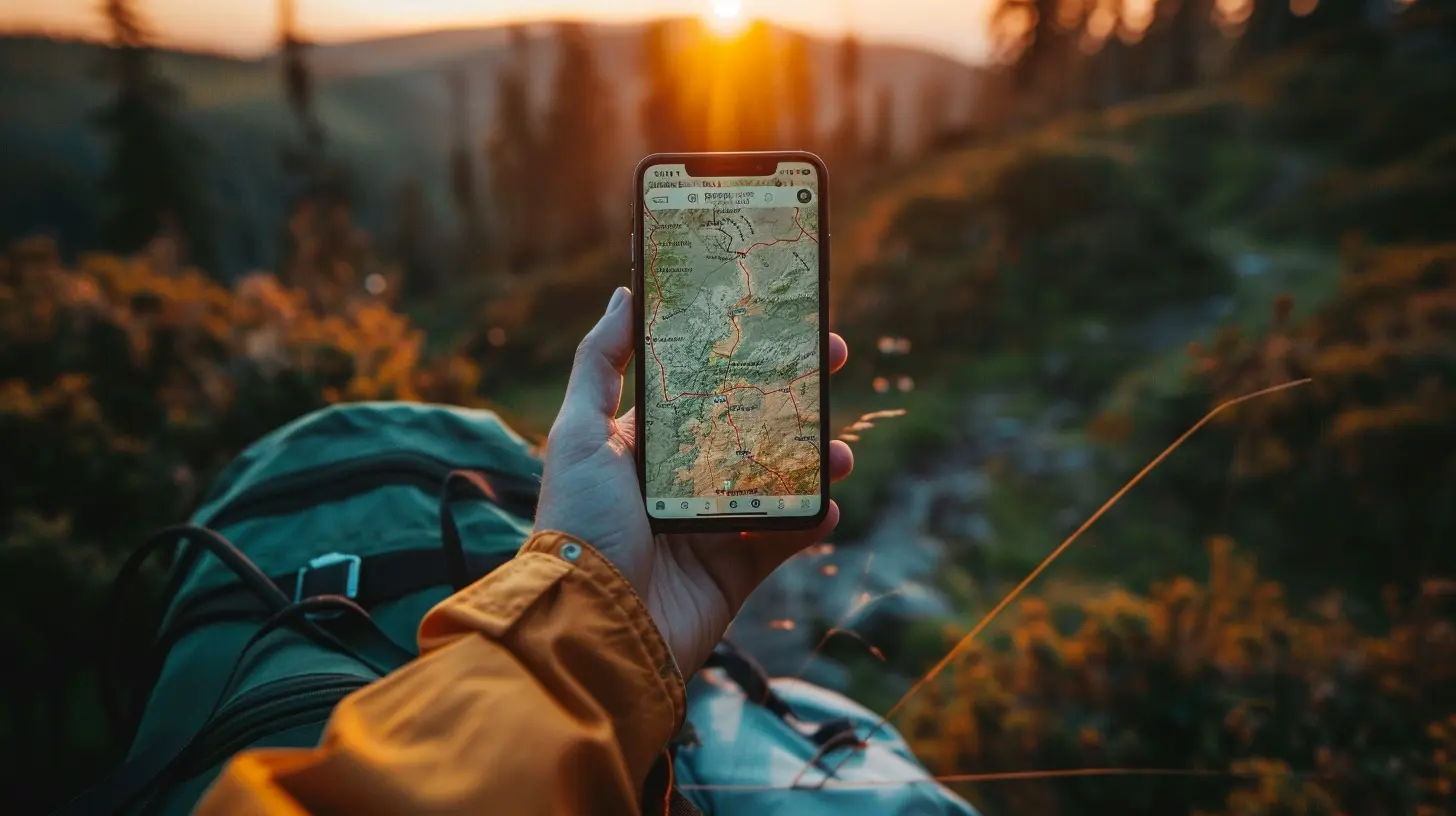
Beyond Maps: Essential Features in Travel Apps for Remote Areas
1. Offline Maps & Navigation
I can’t stress this enough: When you’re in a remote area, you need the capacity to function without a cell signal. The top travel apps all provide offline maps and navigation, allowing you to stay on course even when your phone suddenly becomes a glorified paperweight without cell service. Always look for an app with offline capabilities that allow you to download maps ahead of time.2. Route Planning and Customization
Some apps let you plan your route ahead of time based on your energy levels, terrain difficulty, or time constraints. This is especially helpful in areas where improvising could lead to danger. You want to know what kind of terrain you're facing, how long it will take, and where the nearest “bailout” point is if the going gets rough.3. Safety Alerts and Tracking
There’s nothing quite like the peace of mind that comes from knowing others can track your progress, especially if you’re hiking solo. Apps like Cairn have built-in safety features, allowing you to share your location with loved ones. Plus, many apps come with SOS functionality or weather alerts, keeping you informed when conditions change.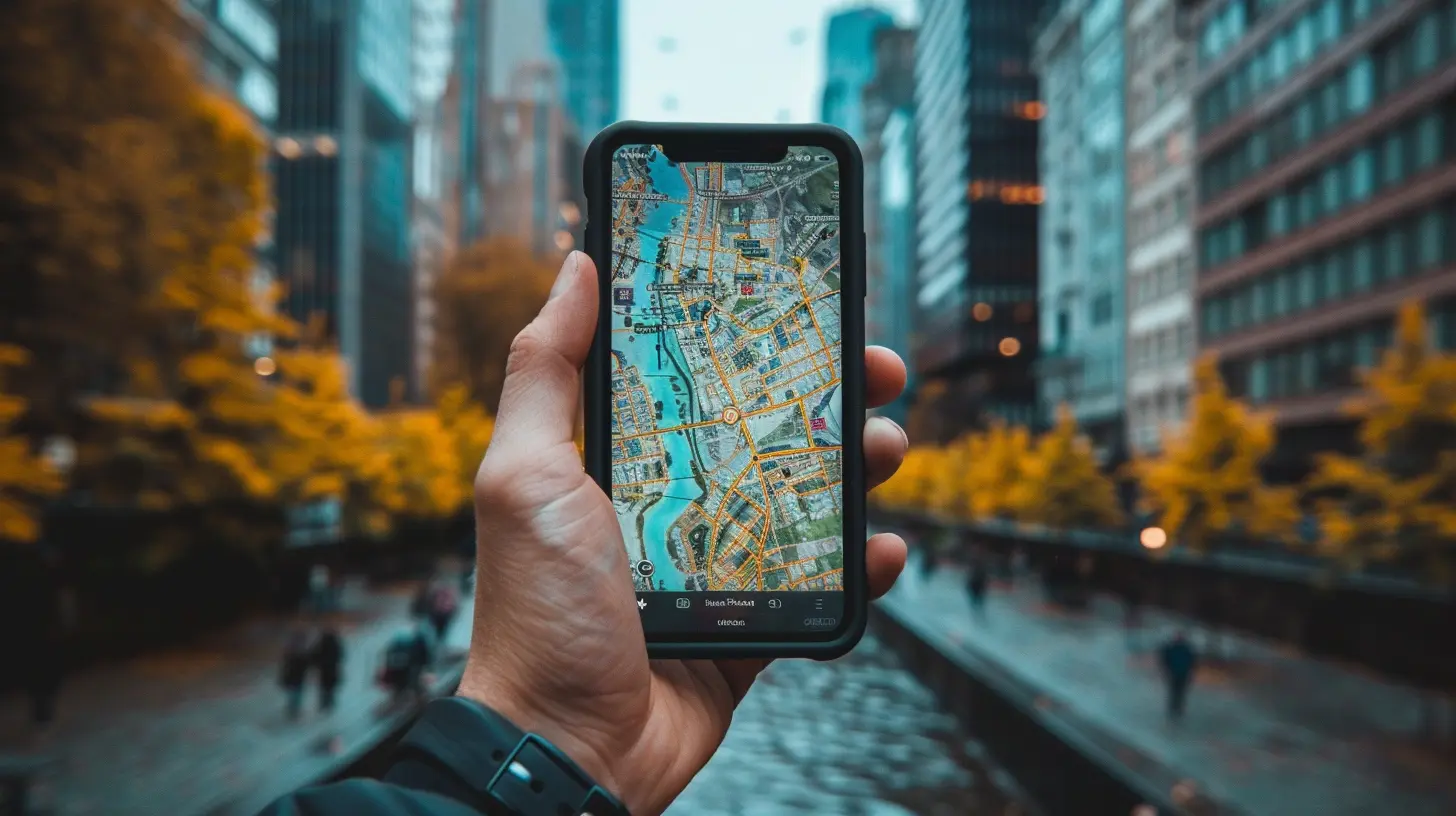
Tips for Using Travel Apps in Remote Areas
1. Battery Management
Remote areas often don't have charging ports conveniently placed on a tree branch. Make sure to conserve your phone's battery by turning on airplane mode and dimming your screen. Carrying a portable power bank is also a must for longer trips.2. Download Everything in Advance
Always, always download your maps, trail guides, and any important documents before you head out. Once you’re in a remote area, it's too late to rely on speedy downloads.3. Bring a Backup
While travel apps are incredible, glitches can happen. Whether it's a sudden crash or a weak GPS signal, having a paper map or traditional compass as a backup can be a lifesaver.The Future of Navigating Remote Areas: What’s on the Horizon?
As more of us ditch the cities for adventures into the wild, the technology helping us stay safe and on track will only get better. Imagine combining the power of augmented reality with real-time weather data or wearable tech that autonomously re-routes you around hazards. The future of remote navigation is looking exciting, and travel apps will undoubtedly play a huge role.Before we wrap up, there’s one final takeaway: The key to a successful adventure is preparation. And with the right travel apps on your phone, you'll be able to explore the farthest corners of the Earth while staying safe, informed, and—most importantly—found.
Conclusion
Navigating remote areas doesn’t have to be a daunting task. With a variety of apps available today, from detailed offline maps to safety alerts, you're better prepared than ever to explore the unknown. Don’t let the challenge of wilderness navigation hold you back—embrace it! Download your must-have tools, plan your route, and get ready to explore areas where few dare to venture.all images in this post were generated using AI tools
Category:
Travel AppsAuthor:

Taylor McDowell
Discussion
rate this article
2 comments
Isadora Taylor
Why get lost in the wild when your smartphone can be your trusty compass? These travel apps turn the unknown into your personal playground—just don’t forget to download them before your adventure begins!
November 24, 2025 at 5:27 AM

Taylor McDowell
Great point! Smartphones can be invaluable tools for navigation in the wild, but it's always wise to have backup options, just in case. Happy adventuring!
Oberon Brown
Great article! It’s so reassuring to see travel apps making remote exploration easier and more enjoyable. Here’s to many unforgettable adventures in the unknown! Safe travels!
August 31, 2025 at 3:18 AM

Taylor McDowell
Thank you! I'm glad you found it reassuring. Here's to many exciting adventures ahead! Safe travels to you too!
